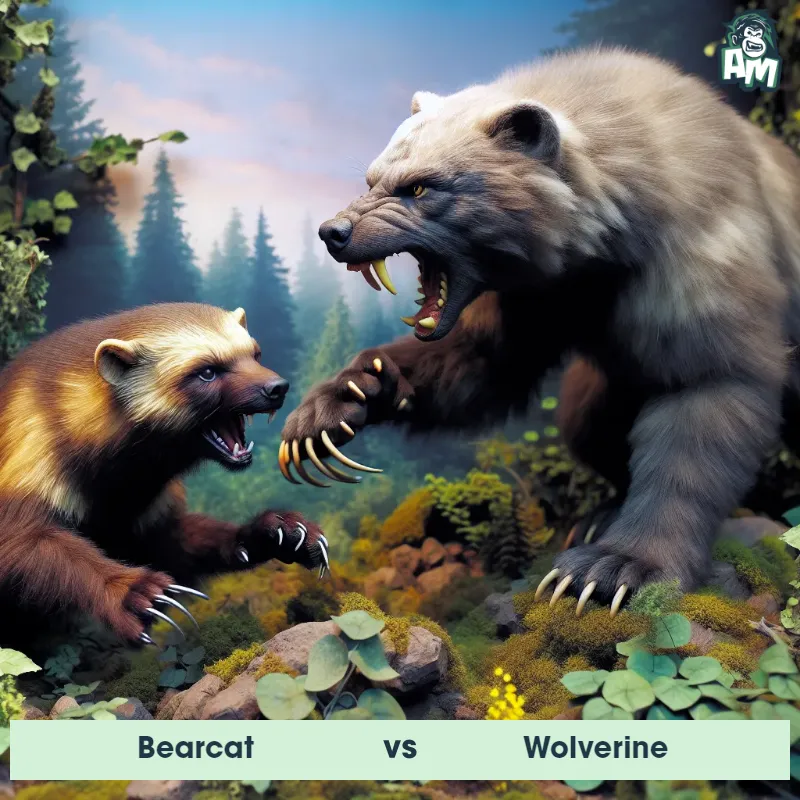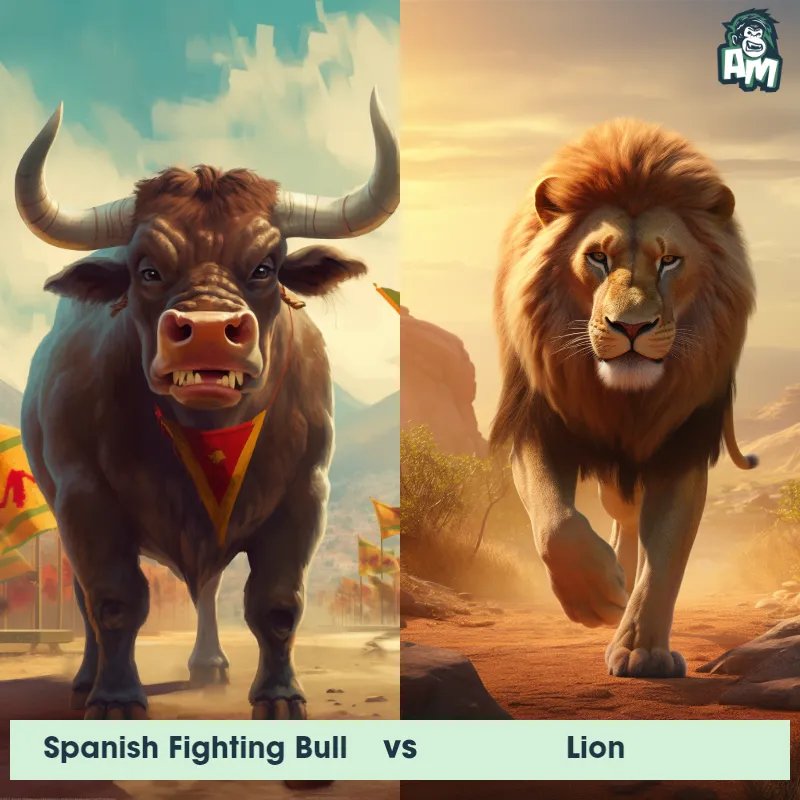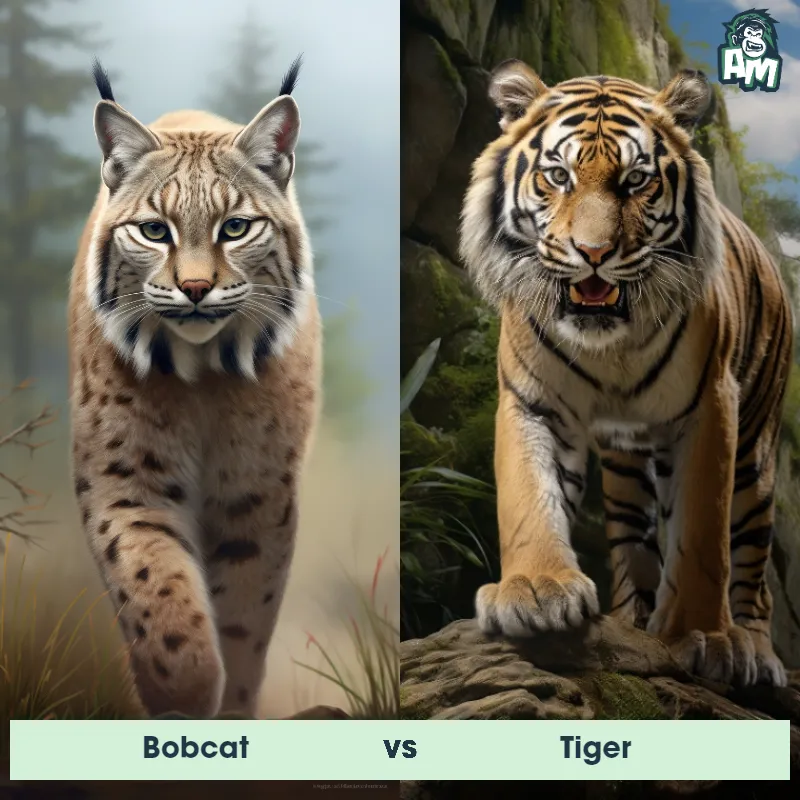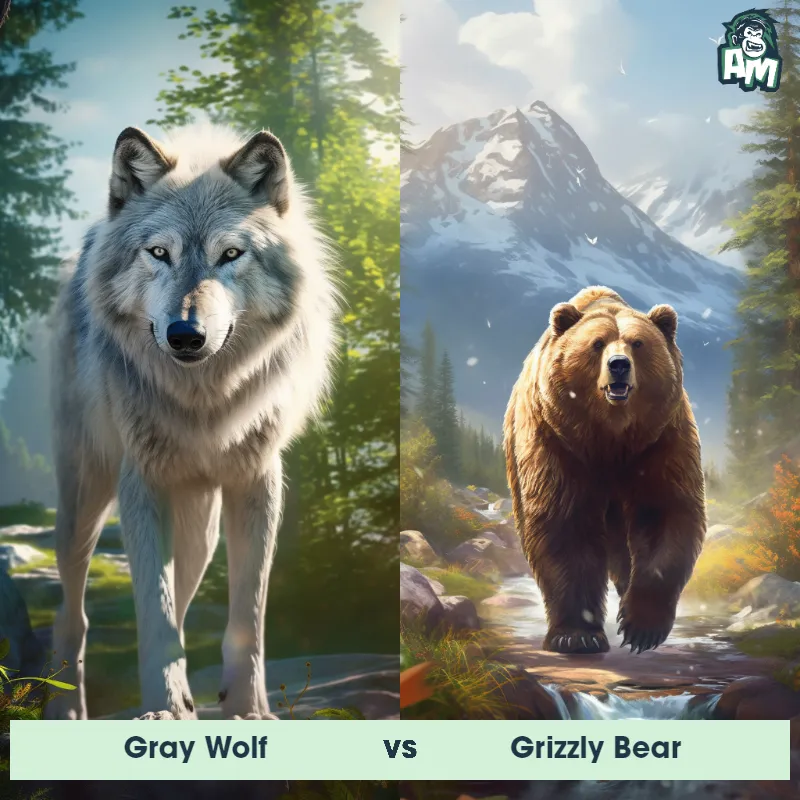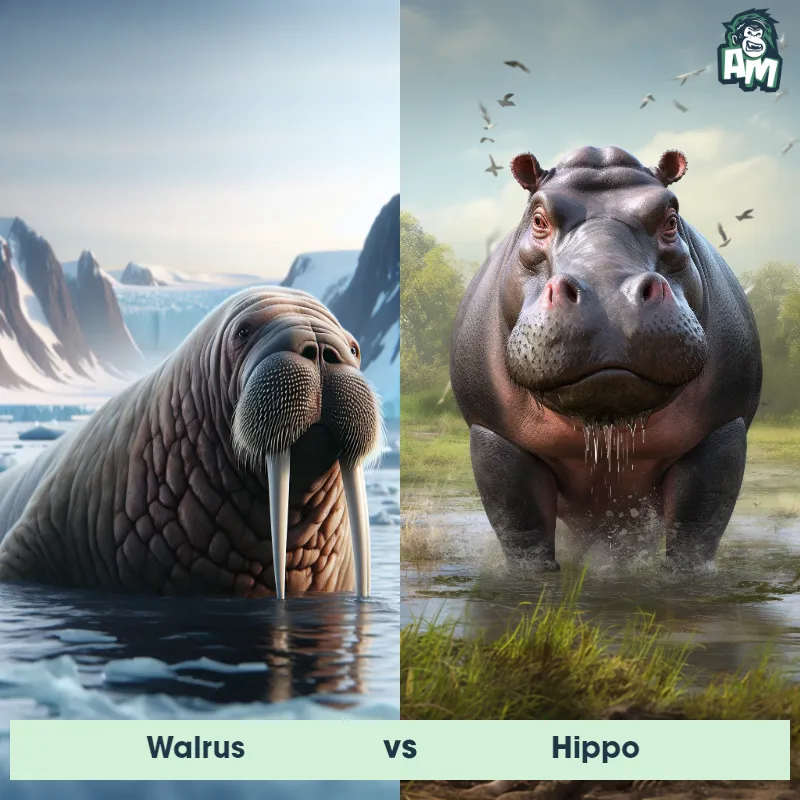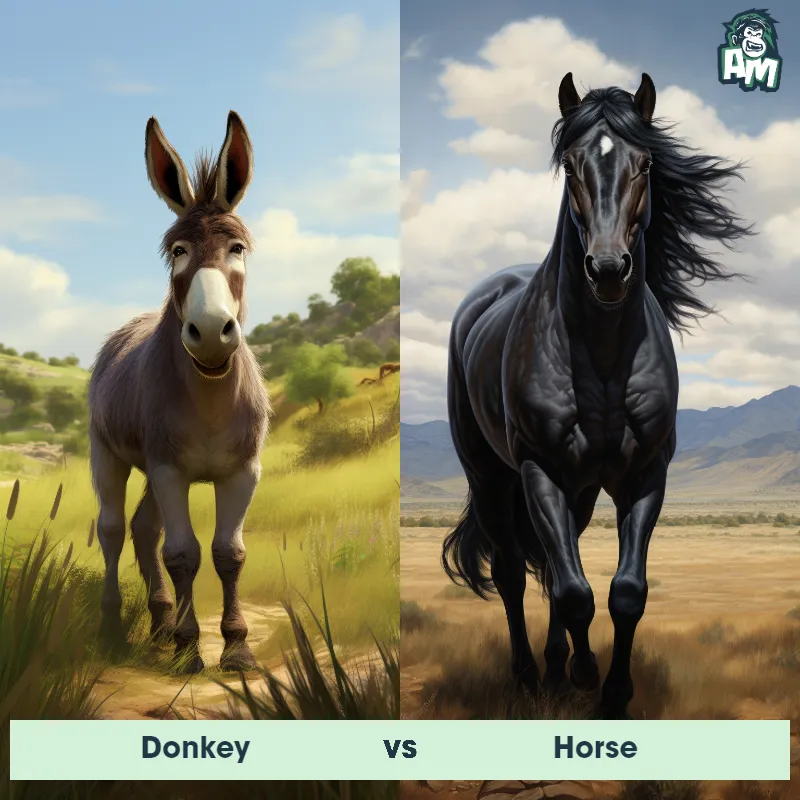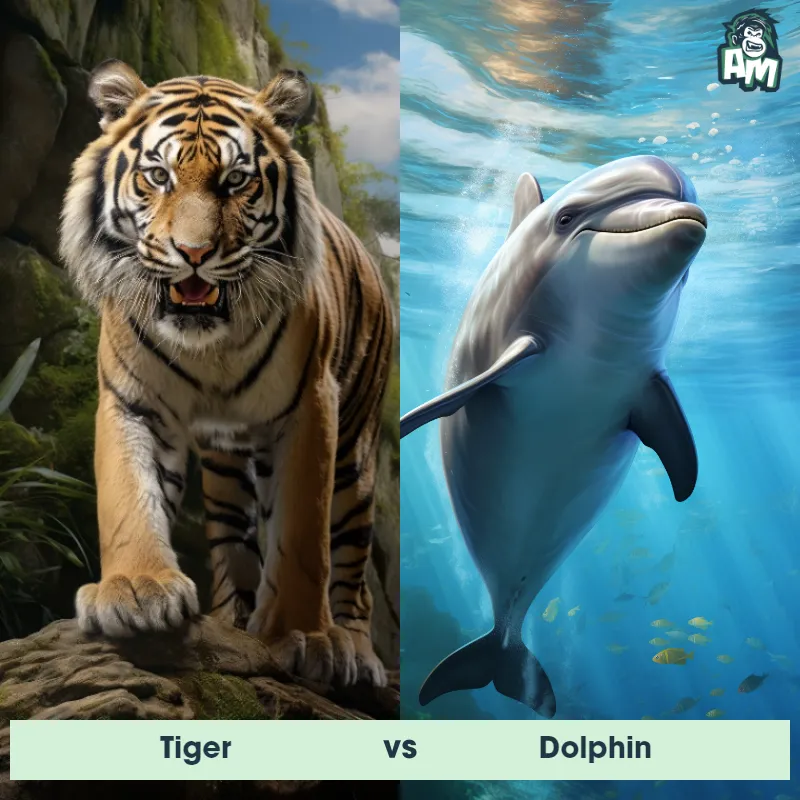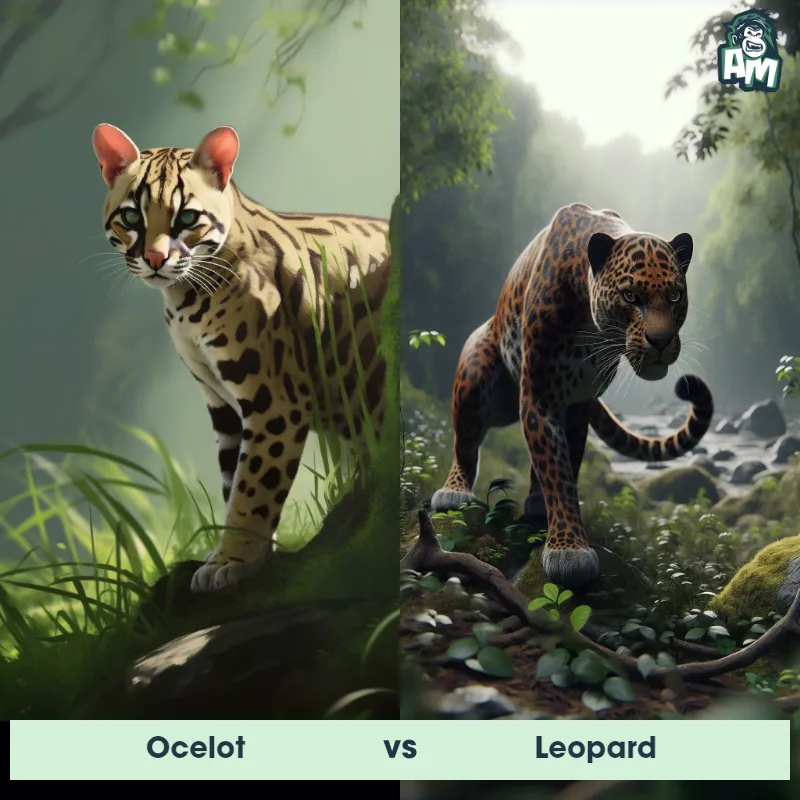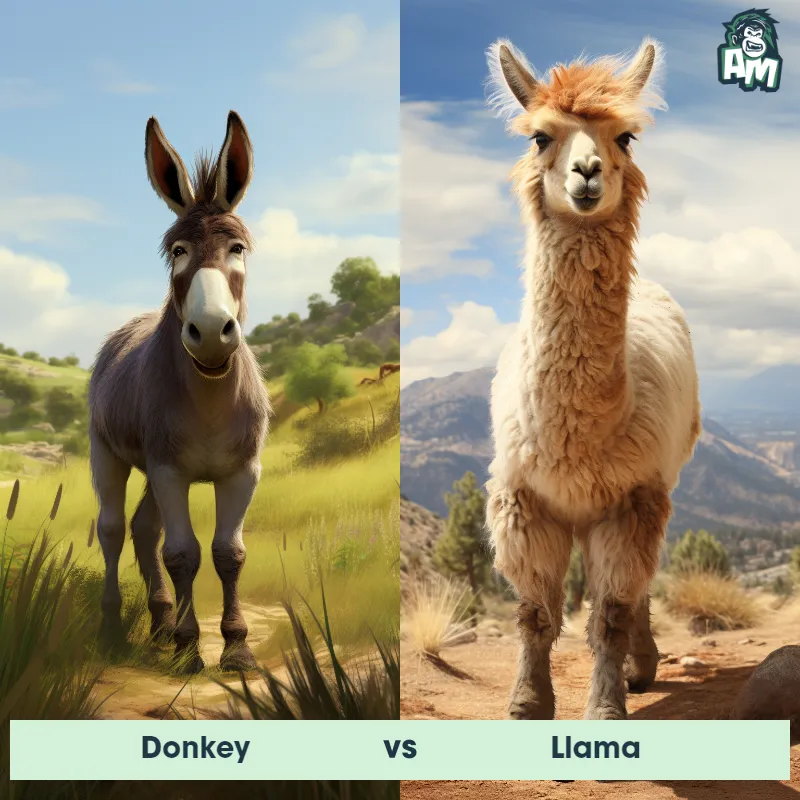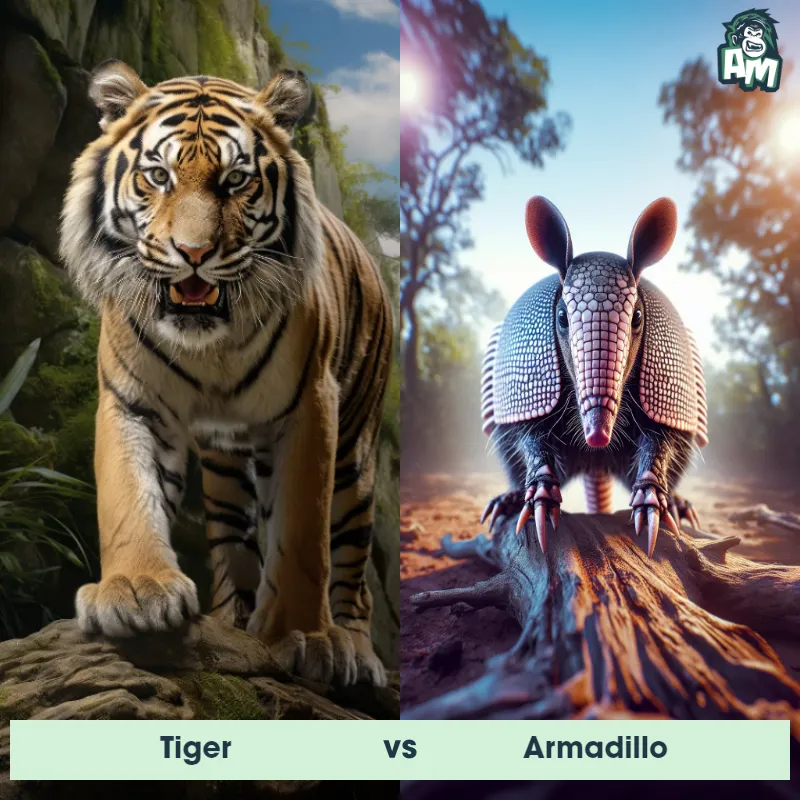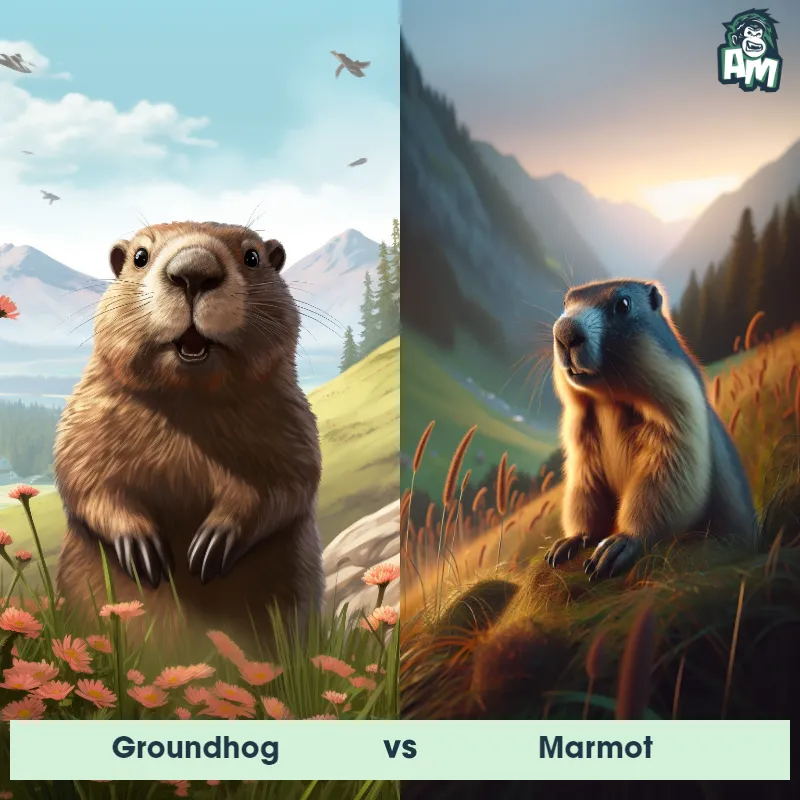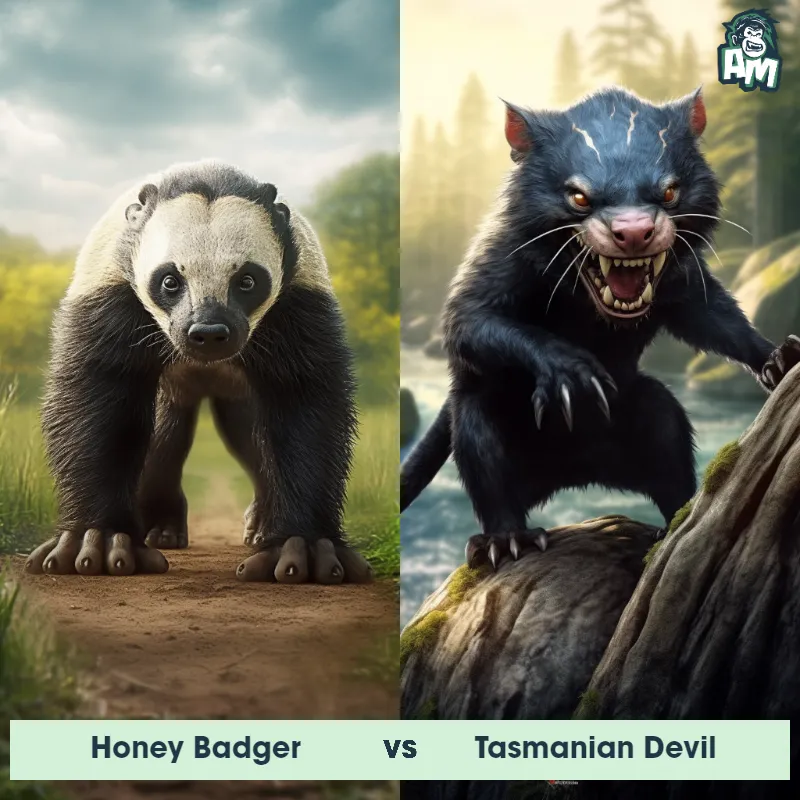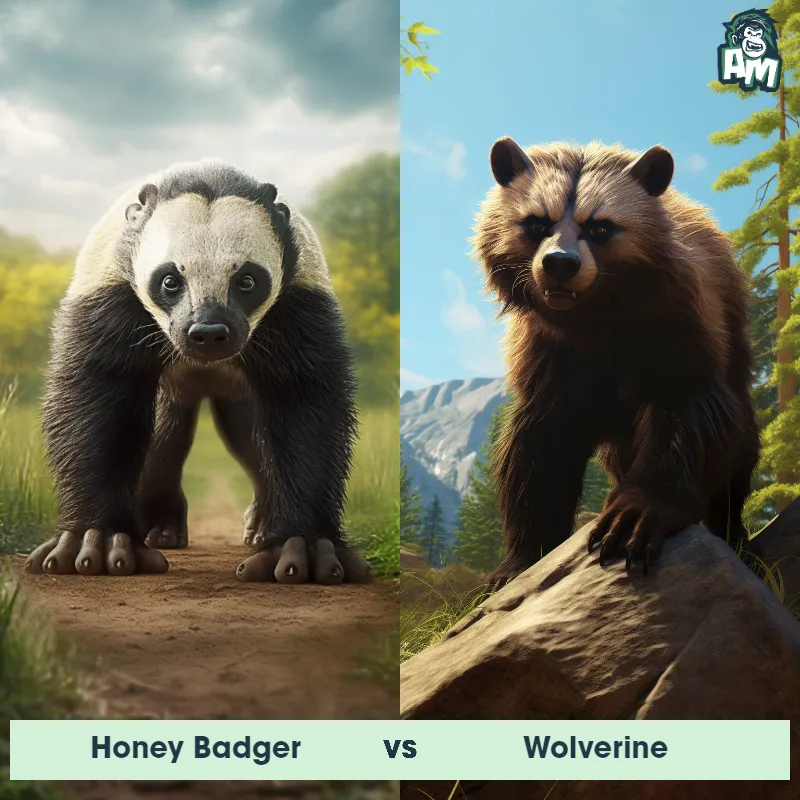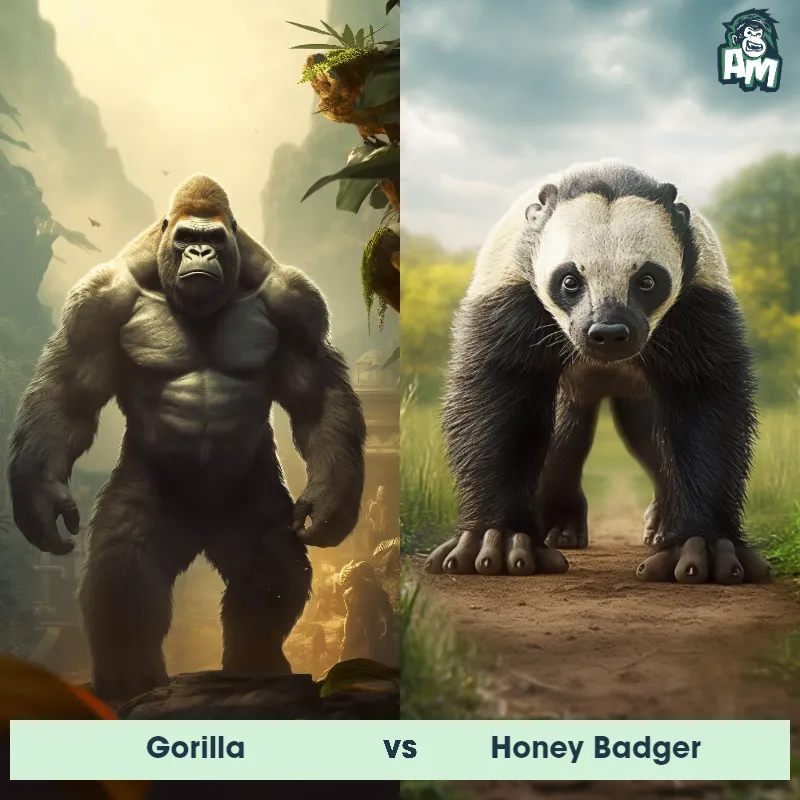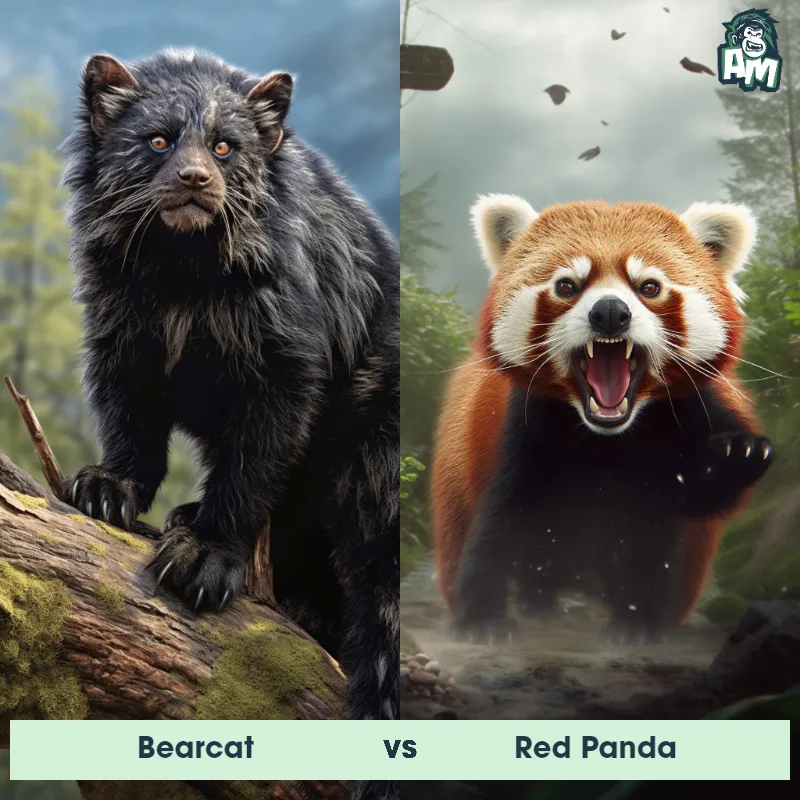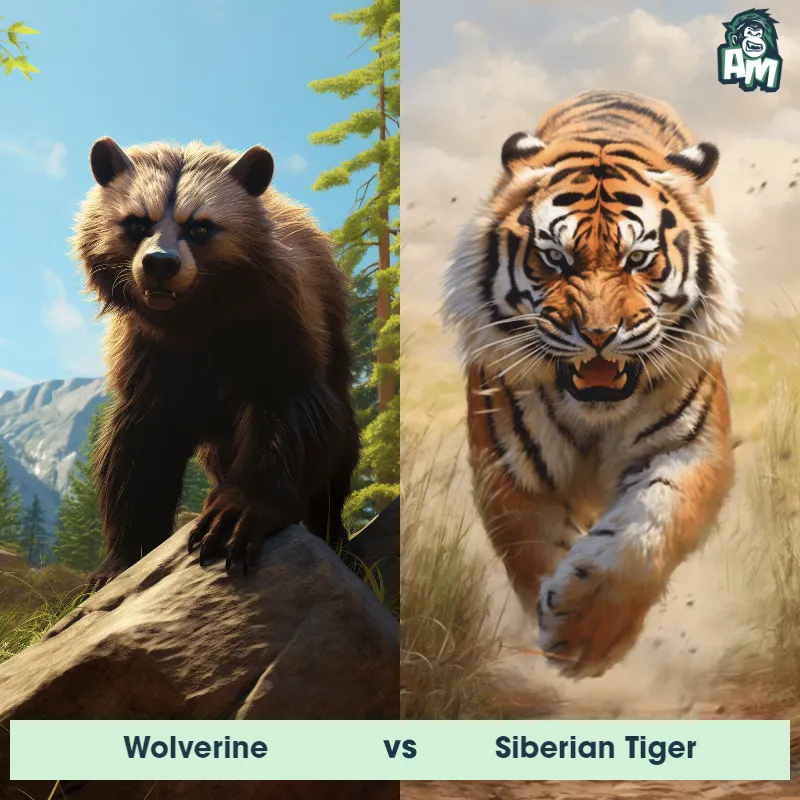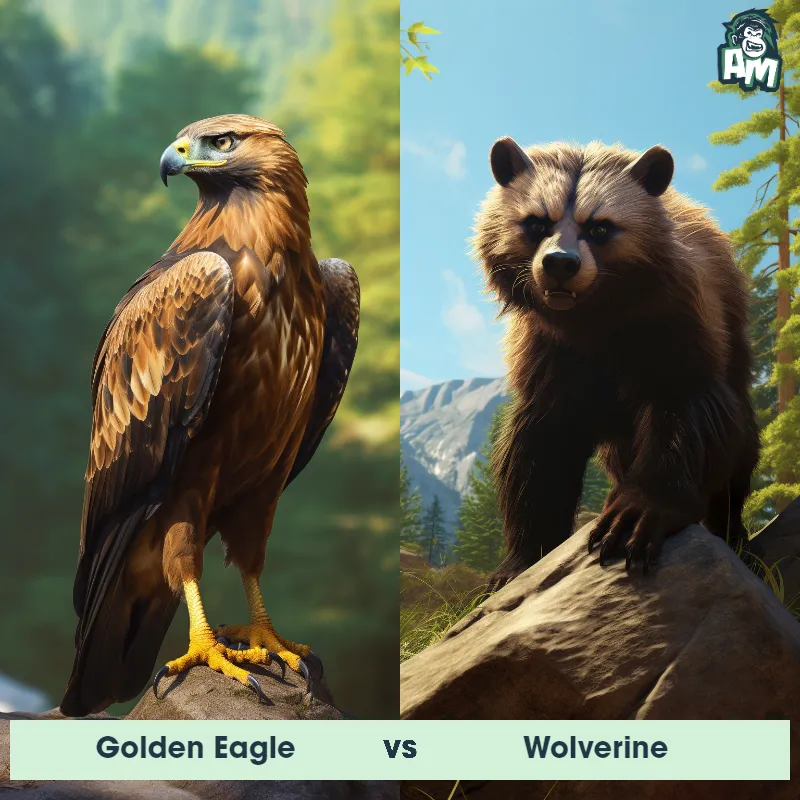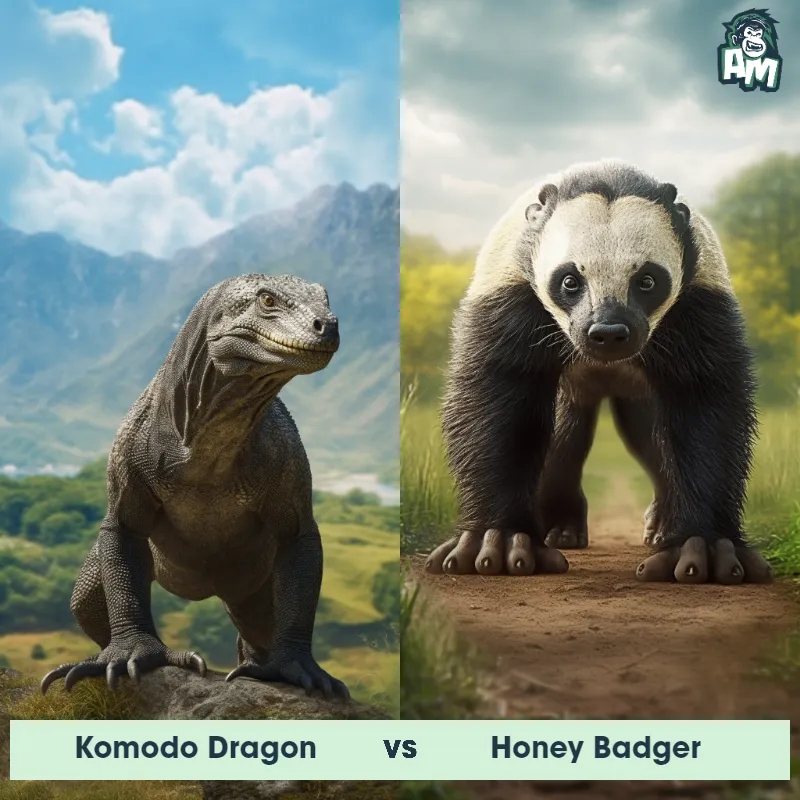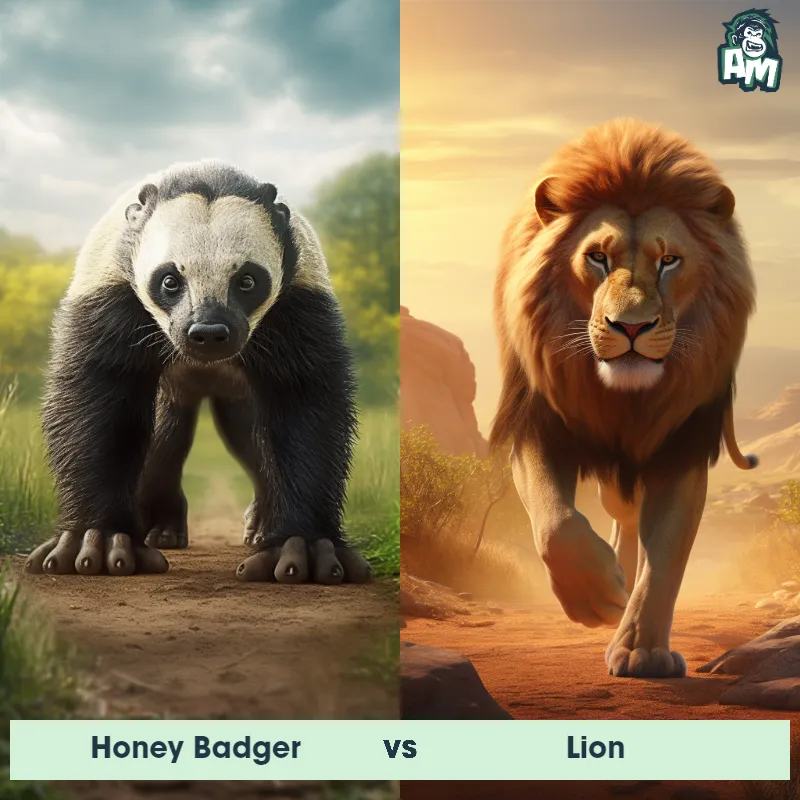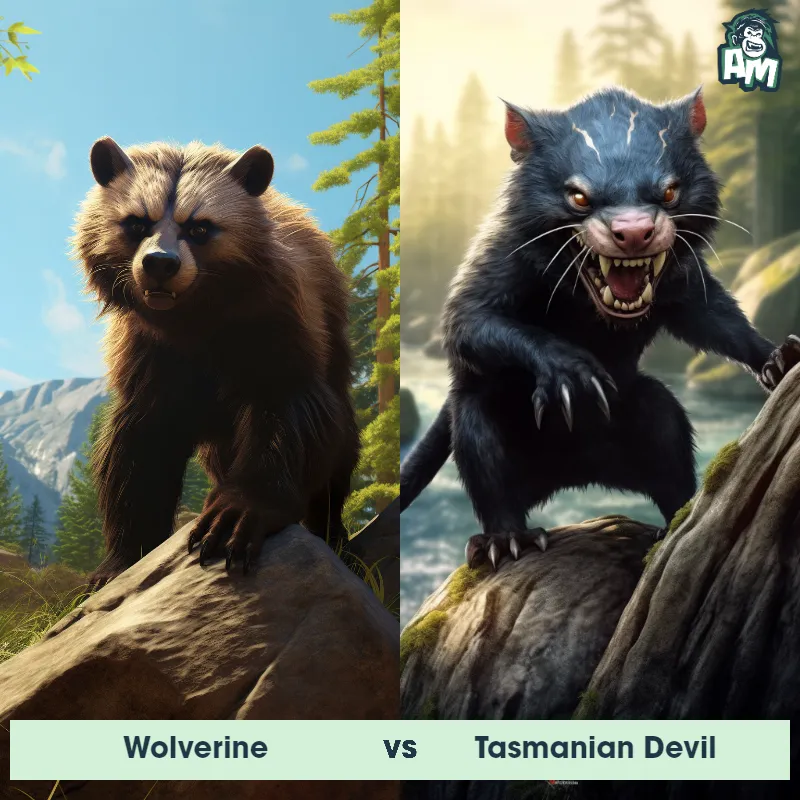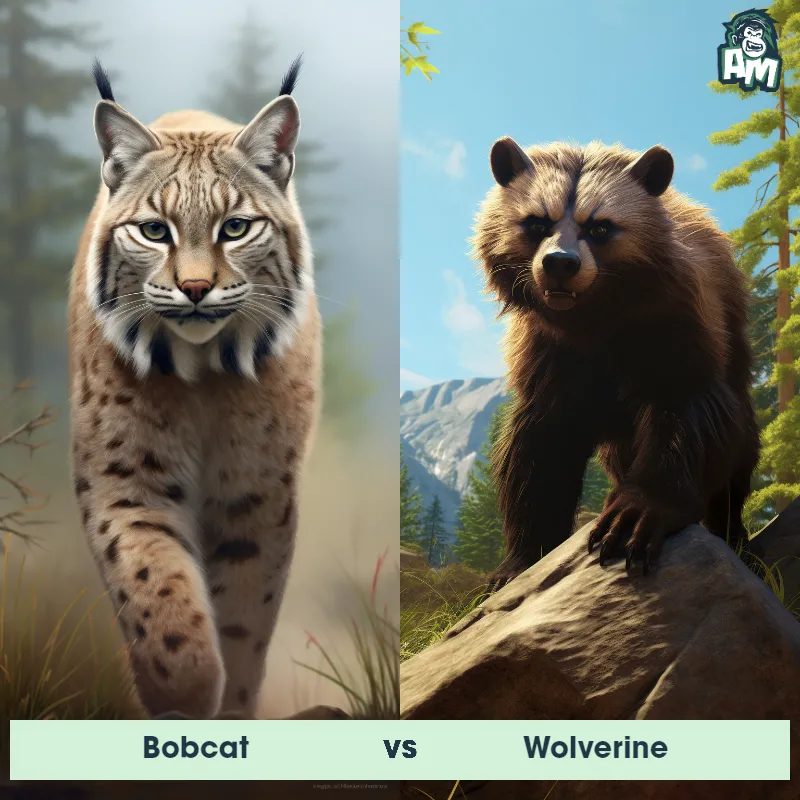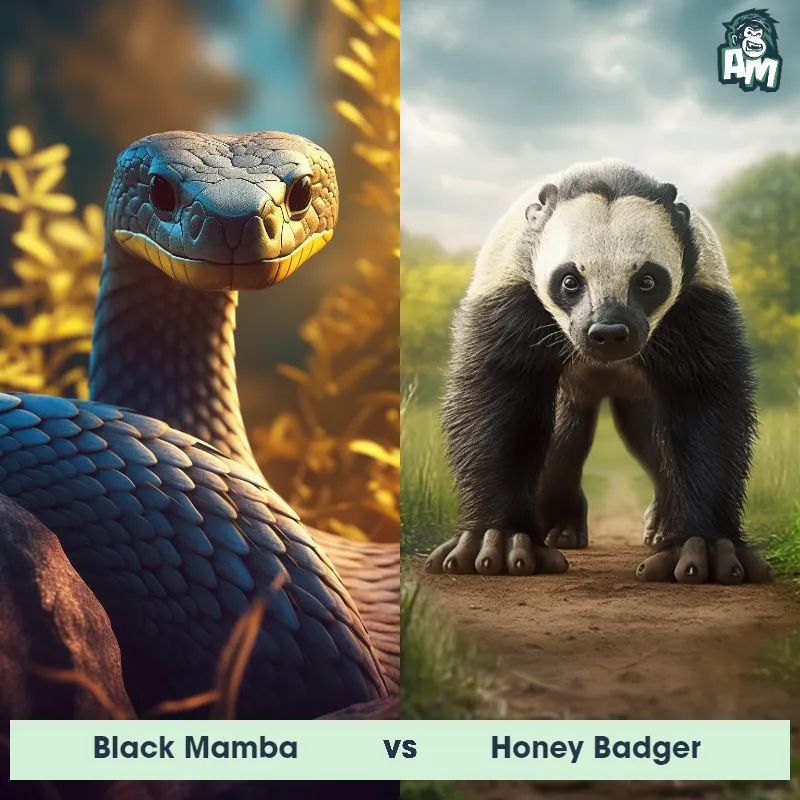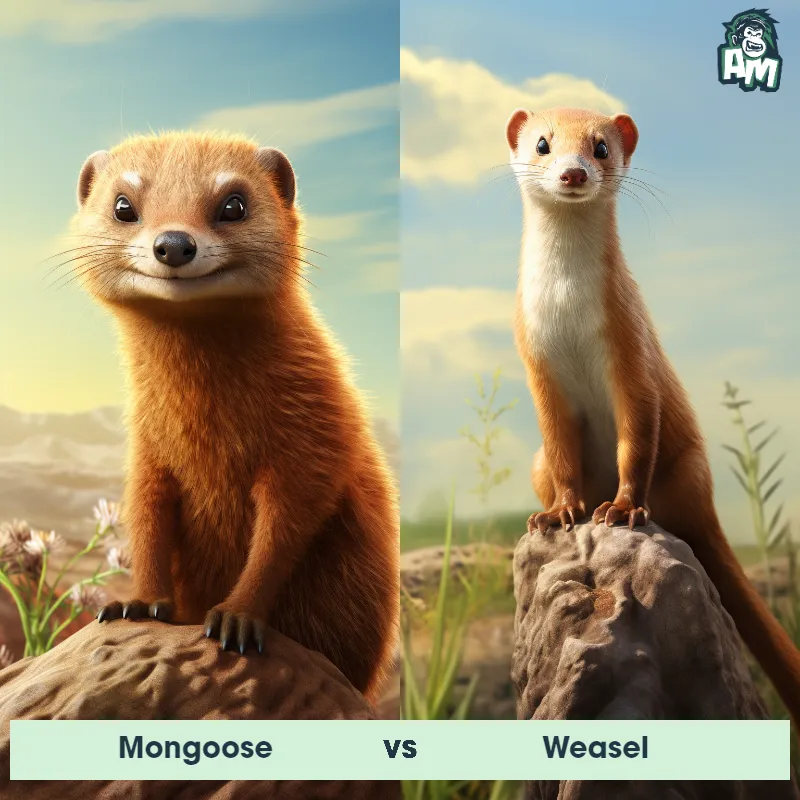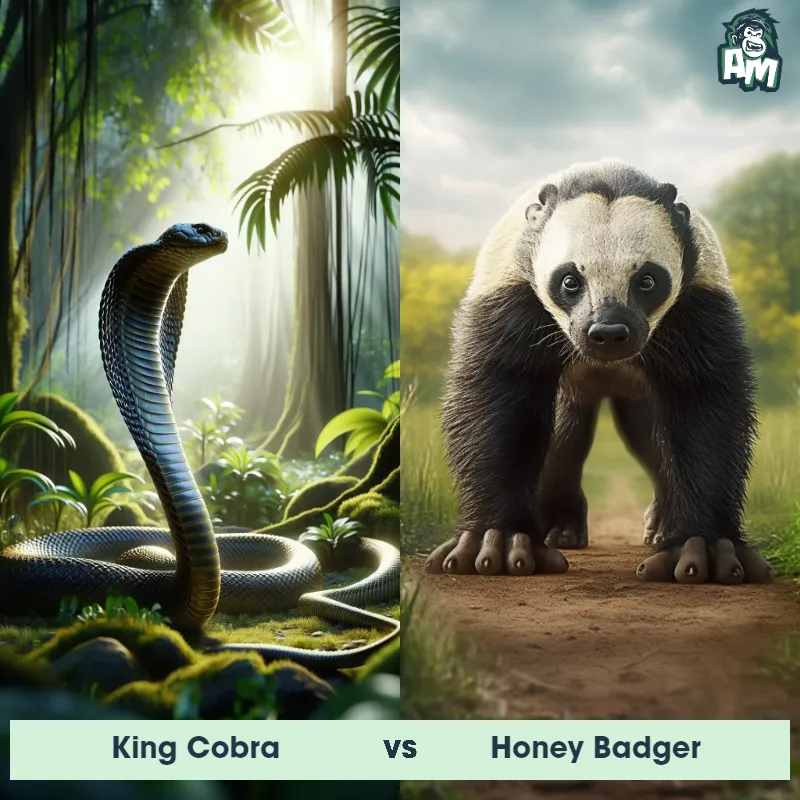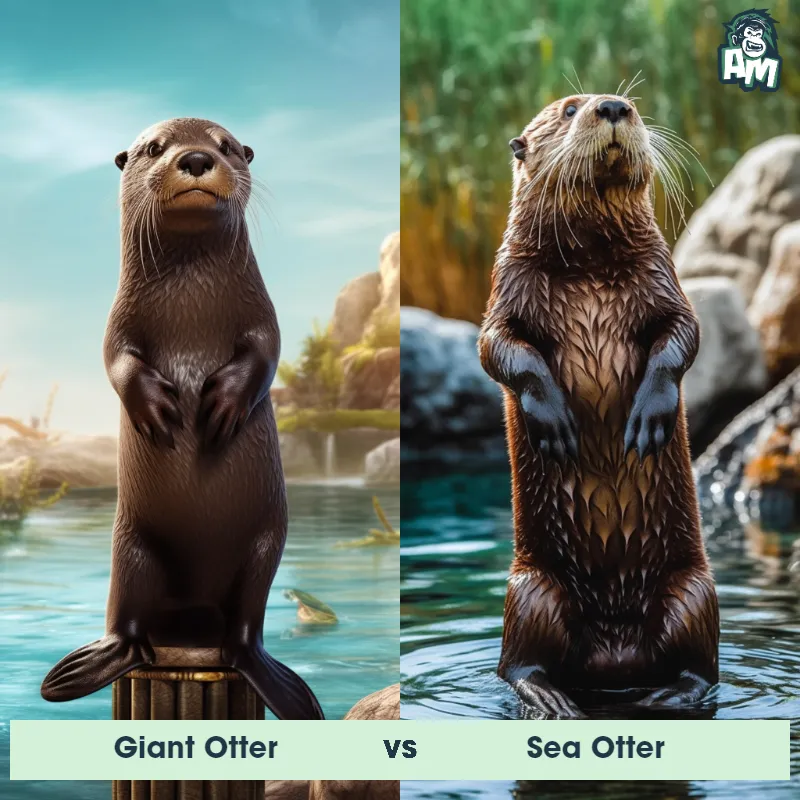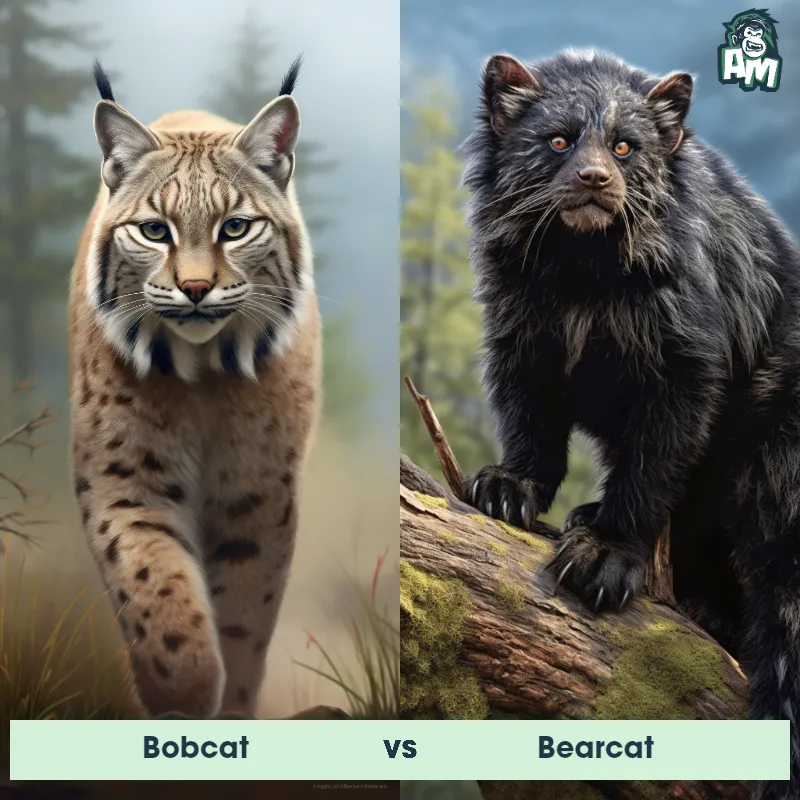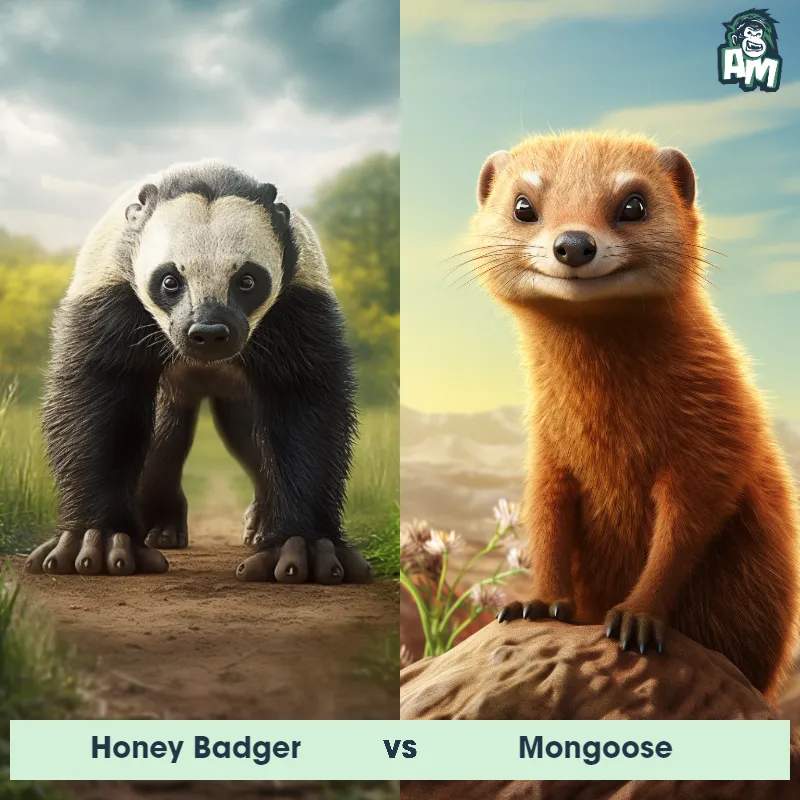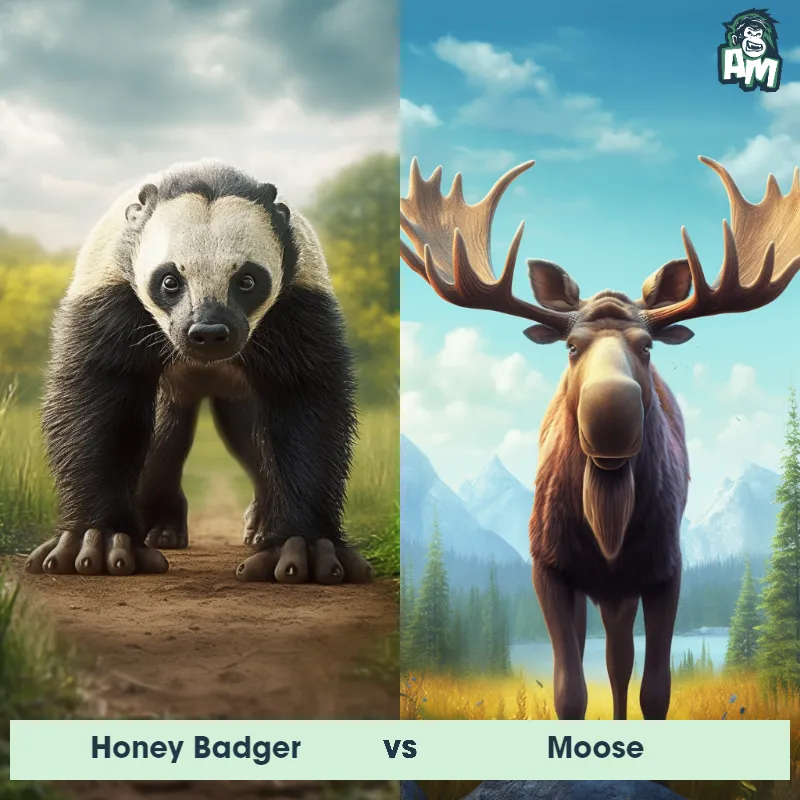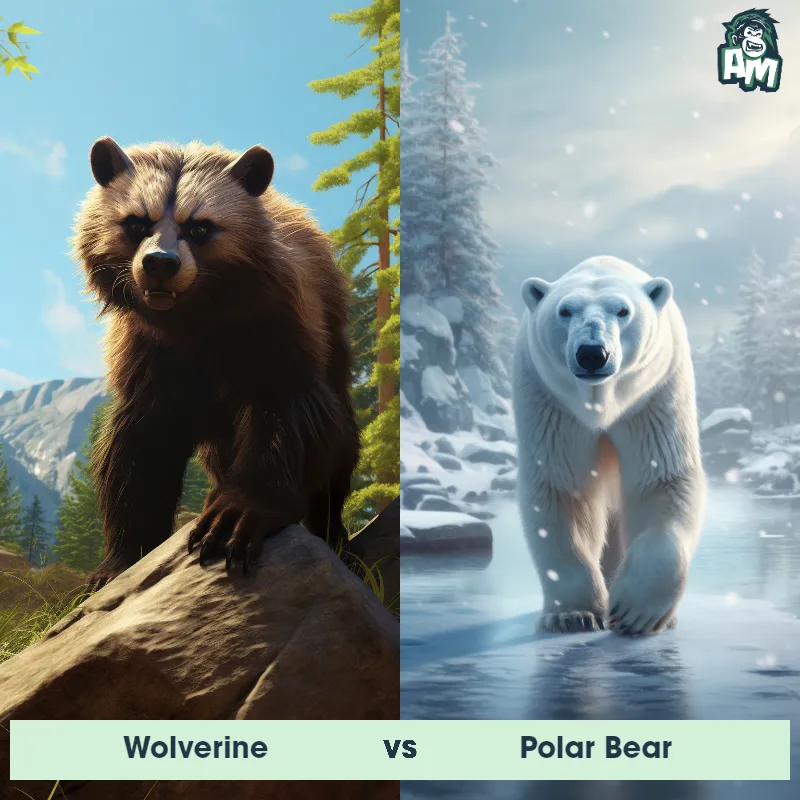Bearcat vs WolverineSee Who Wins

Ladies and gentlemen, brace yourselves for a unique showdown tonight! In one corner, weighing in at 40 pounds, the arboreal powerhouse from Southeast Asia, we have the Bearcat! On the other side, known for its unparalleled tenacity, weighing in at 55 pounds, hailing from the frosty regions of North America, the Wolverine! This promises to be a compelling battle of strength, agility, and adaptability!
Contender 1: Bearcat
The Bearcat, also known as the Binturong, is a large, arboreal mammal found in Southeast Asia. It has a long, prehensile tail that it uses to climb trees and a shaggy, black coat with a distinctive white stripe on its face. The Bearcat has a strong, musky odor that is used to mark its territory and communicate with other individuals.
Fun Fact: Despite its name, the Bearcat is not related to bears or cats, but is actually a member of the Viverridae family, which includes civets and genets.
Contender 2: Wolverine
The Wolverine, also known as the Gulo gulo, is a stocky and muscular mammal that belongs to the weasel family. They have a thick, dark brown fur that helps them survive in cold environments. Wolverines have sharp claws and powerful jaws that allow them to hunt and scavenge for food. They are known for their ferocity and tenacity, and are able to take down prey much larger than themselves.
Fun Fact: Wolverines have a reputation for being tough and fearless, and are known to attack animals much larger than themselves, such as moose and caribou.
Matchup Stats
| Bearcat | Wolverine | |
|---|---|---|
| Size | 2.5-3 ft (76-91 cm) in length | 26-34 inches (66-86 cm) in length |
| Weight | 25-50 lbs (11-23 kg) | 22-55 pounds (10-25 kg) |
| Speed | Speed: 50 mph (80.47 km/hr) | Speed: 30 mph (48.28 km/hr) |
| Key Strength | Powerful jaws and sharp claws | Powerful jaws and sharp claws |
| Biggest Weakness | Slow movement on the ground | Short legs and slow movement |
Current Votes
Bearcat vs Wolverine
See Who Wins
Match Highlights
View More Matches
Looking For More?
Similar Matches
Scientific Stats
| Bearcat | Wolverine | |
|---|---|---|
| Scientific Name | Arctictis binturong | Gulo gulo |
| Family | Viverridae | Mustelidae |
| Habitat | Arboreal | Forests, tundra, and alpine meadows |
| Geography | Southeast Asia | North America, Europe, and Asia |
| Diet | Omnivorous | Carnivorous, feeding on small mammals, birds, fish, and carrion |
| Lifespan | 20 years - 25 years | 5 years - 13 years |
Key Differences between Bearcat and Wolverine
- Size: The Bearcat is larger than the Wolverine, with an average weight of 20-30 pounds compared to the Wolverine's average weight of 15-26 pounds.
- Claws: The Wolverine has longer, sharper claws than the Bearcat, which it uses for digging and climbing.
- Ears: The Bearcat has large, rounded ears that are set low on its head, while the Wolverine has smaller, more pointed ears that are set higher on its head.
- Fur: The Bearcat has long, shaggy fur that is typically black or dark brown, while the Wolverine has shorter, coarser fur that can range from dark brown to almost black.
- Habitat: The Bearcat is found primarily in Southeast Asia, while the Wolverine is found in northern regions of North America, Europe, and Asia.
- Tail: The Bearcat has a long, bushy tail that can be as long as its body, while the Wolverine has a shorter, bushy tail that is about one-third the length of its body.



